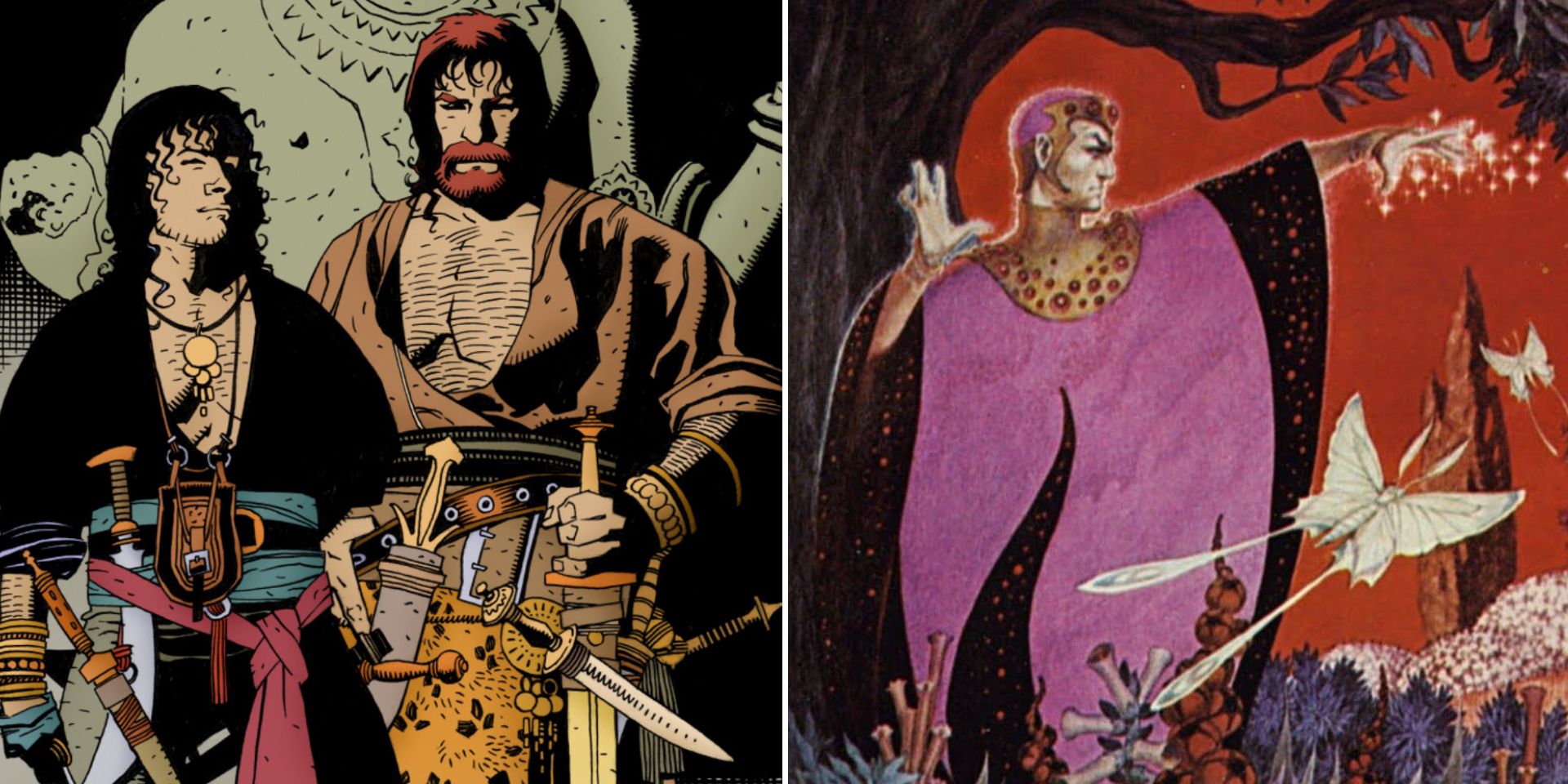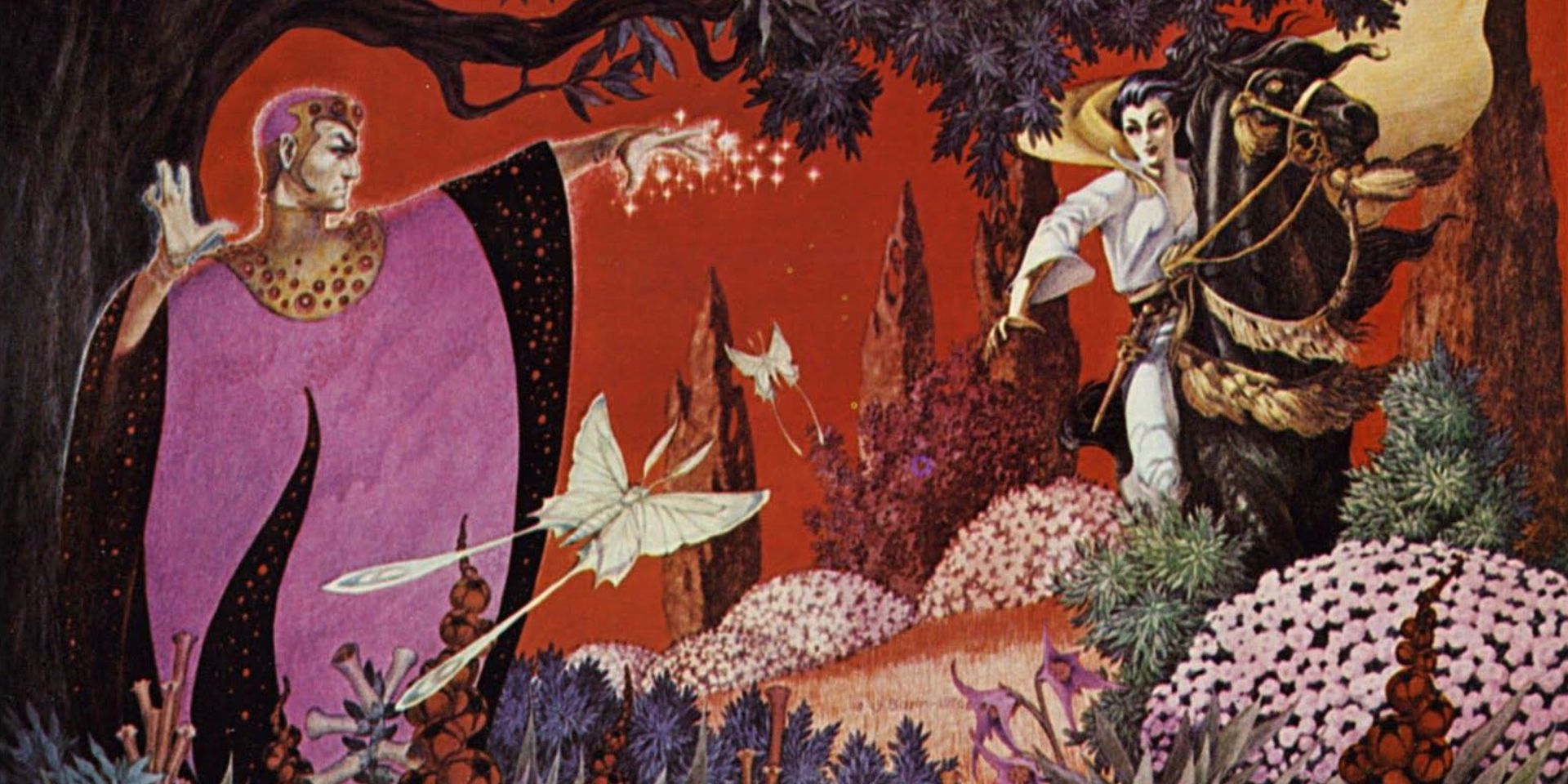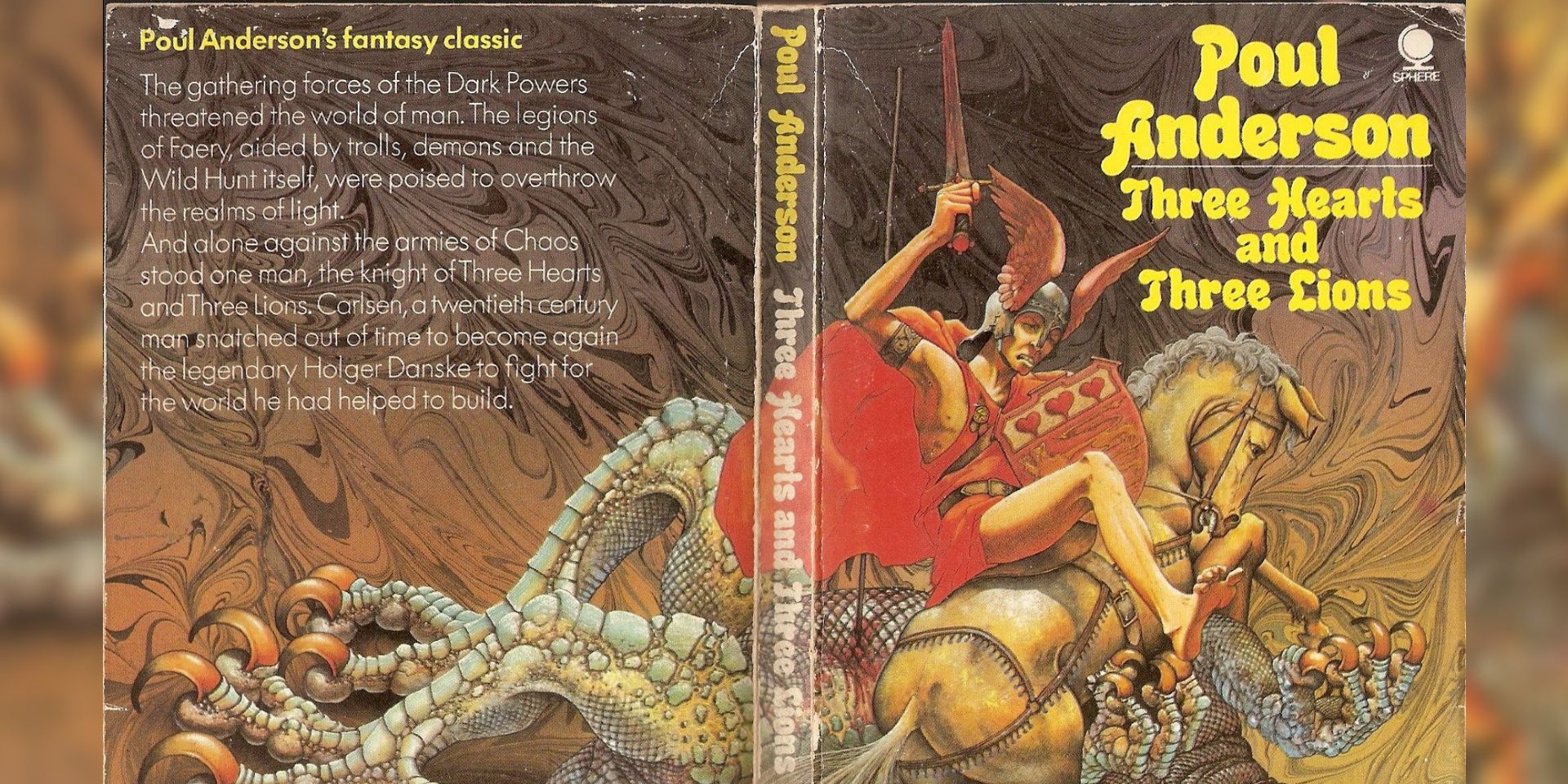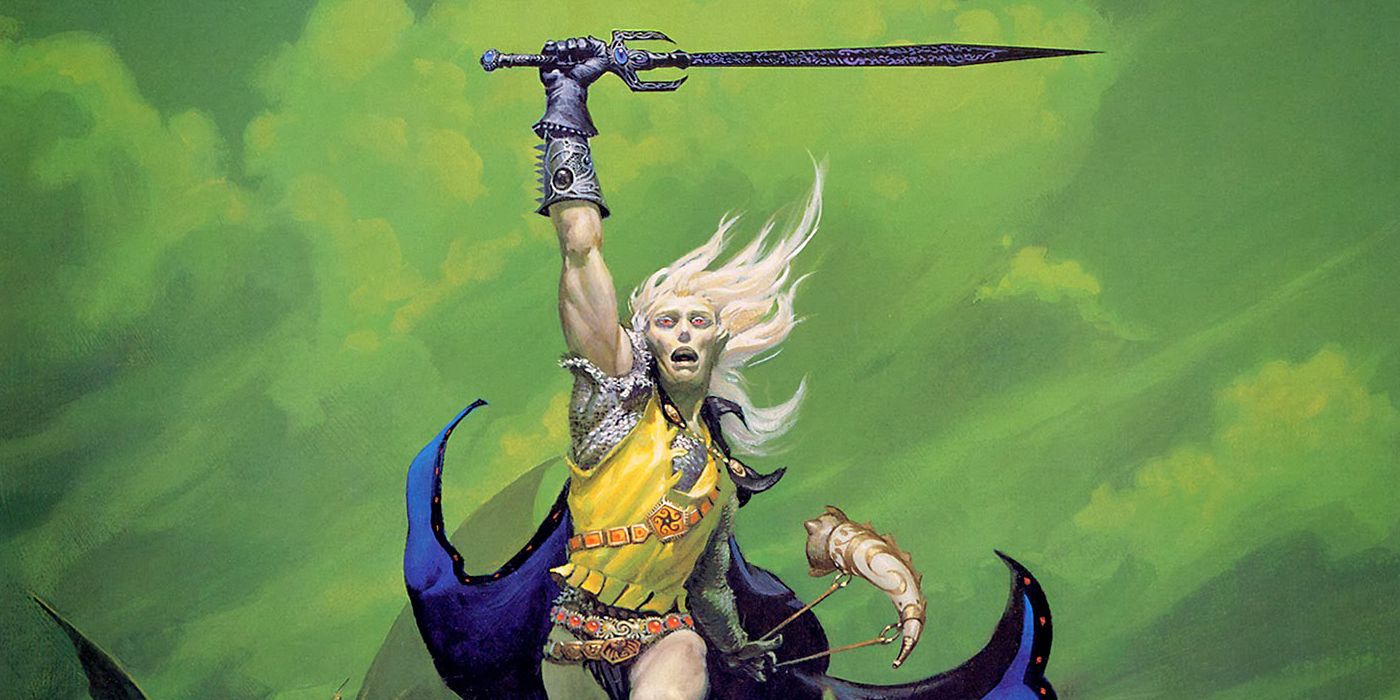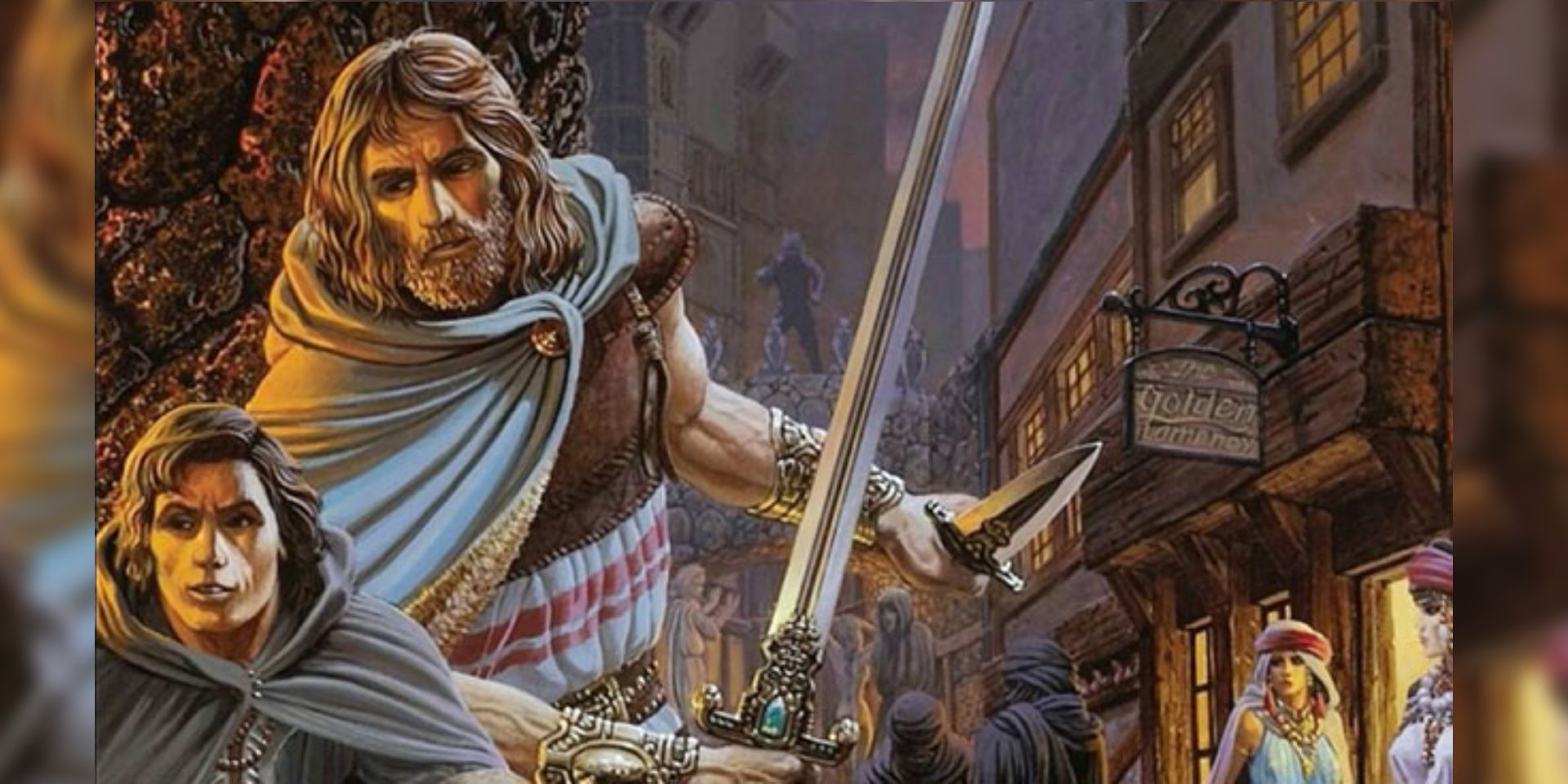Besides being the world's first and most famous tabletop RPG, Dungeons & Dragons is also a condensation of concepts from different works of Western Fantasy fiction, particularly classic fantasy fiction from the 20th century. Many are familiar with two of D&D's big inspirations – The Lord Of The Rings and The Hobbit by J.R.R. Tolkien, plus the Conan the Barbarian stories of Robert E. Howard. However, there are many other classic fantasy novels besides these engraved into the DNA of D&D, shaping its magic system, medieval fantasy settings, and axes of morality.
Gary Gygax and Dave Arneson, the co-creators of Dungeons & Dragons, were unsurprisingly huge fantasy nerds who devoured books of science-fiction and fantasy alike, with the thrills and chills of these tales inspiring the perils in Gary Gygax's classic D&D modules. Different generations of D&D creators and writers have injected their own fantasy novel interests into subsequent editions of D&D, adding more detail, diversity, and imaginative potential to the world's oldest RPG.
The following fantasy stories are just four of many works of fantasy fiction that helped shape original edition Dungeons & Dragons in the 1970s. They do, however, deserve special attention for not just informing the aesthetics and feel of early D&D, but containing ideas, character archetypes, and plot-lines directly adapted into this roleplaying game's spell-casting rules, character classes, and morality alignments.
D&D Inspiration: The Dying Earth, By Jack Vance
The Dying Earth stories and novels of Jack Vance take place hundreds of millions of years in the future, in a time where the Sun has turned red with age, the planet is covered with buildings and relics from countless eras of civilization, and the melancholy residents of this planet are well aware the end draws near. Besides contributing strange techno-magical artifacts like "Ioun Stones," the scholarly, scientific-minded spell-casters of the Dying Earth wound up outright defining the "Vancian" magic system used by D&D wizards: to cast spells, a wizard must memorize a complicated formula from their spell-books, holding said spells in their heads like primed grenades and forgetting the spell the moment it's cast.
D&D Inspiration: Three Hearts And Three Lions, By Poul Anderson
In Poul Anderson's Three Hearts And Three Lions, a Danish resistance fighter named Holger Carlsen is transported through space and time to a magical version of the Age of Charlemagne, where the Holy Roman Empire and Arabic Kingdoms stand as beacons of Law in opposition to the forces of Chaos, championed by faerie creatures, monsters, and enchanters/enchantresses. Holger Carlsen's knightly quest to claim magical swords, uphold the principles of knighthood, and fight off wicked beings of Faerie influenced D&D's fighter class, fey monsters, and division of moral alignments into categories of Lawful and Chaotic.
D&D Inspiration: Elric of Melniboné, By Michael Moorcock
Elric the White Wolf, the most famous fantasy hero of author Michael Moorcock, is the thematic opposite of Conan the Barbarian. Not a barbarian, but the last prince of the decaying and decadent island civilization of Melniboné. Not a brawny warrior distrustful of magic, but a sickly albino with earth-shaking sorcerers and demon-god patrons. Not the founder of a new age, but a tragic harbinger of the world's end. Basically, any D&D player character who's white-haired, elfin, brooding, and possessed of a tragic backstory owes their existence to Elric.
The signature weapon of Elric, the sentient, soul-drinking sword called Stormbringer, inspired the many cursed weapons of D&D, which refuse to part from their wielder's hands and often have a will of their own. Moorcock's depiction of the forces of Law and Chaos, heavily inspired by Poul Anderson's Three Heart And Lions, shaped the alignment systems of both Dungeons & Dragons and the Warhammer dark fantasy universe – particularly with its view that pure Law and Chaos were equally monstrous when taken to their natural extremes.
D&D Inspiration: Fafhrd And The Grey Mouser, by Fritz Leiber
Fafhrd is a sword-wielding, blond-haired barbarian from the north – but unlike Conan, an intellectual storyteller who enjoys civilization's sophisticated pleasures. The Grey Mouser was the apprentice to a mighty wizard, but prefers stealth and slender blades over displays of magic. The two roguish mercenaries, traipsing through multiple fantasy adventure stories by Fritz Leiber, inspired many of the stereotypical actions of Dungeons & Dragons adventurers: drinking, flirting, wanderlust, and slaying monsters for coin. The Grey Mouser's larcenous behavior inspired D&D's Rogue character class, while the popular D&D trope of "Thieves' Guilds" was first introduce in the Fafhrd And the Grey Mouser short story "Thieves' House," itself a huge inspiration for the skeleton fighting, trap-checking gameplay of classic dungeon crawls.

